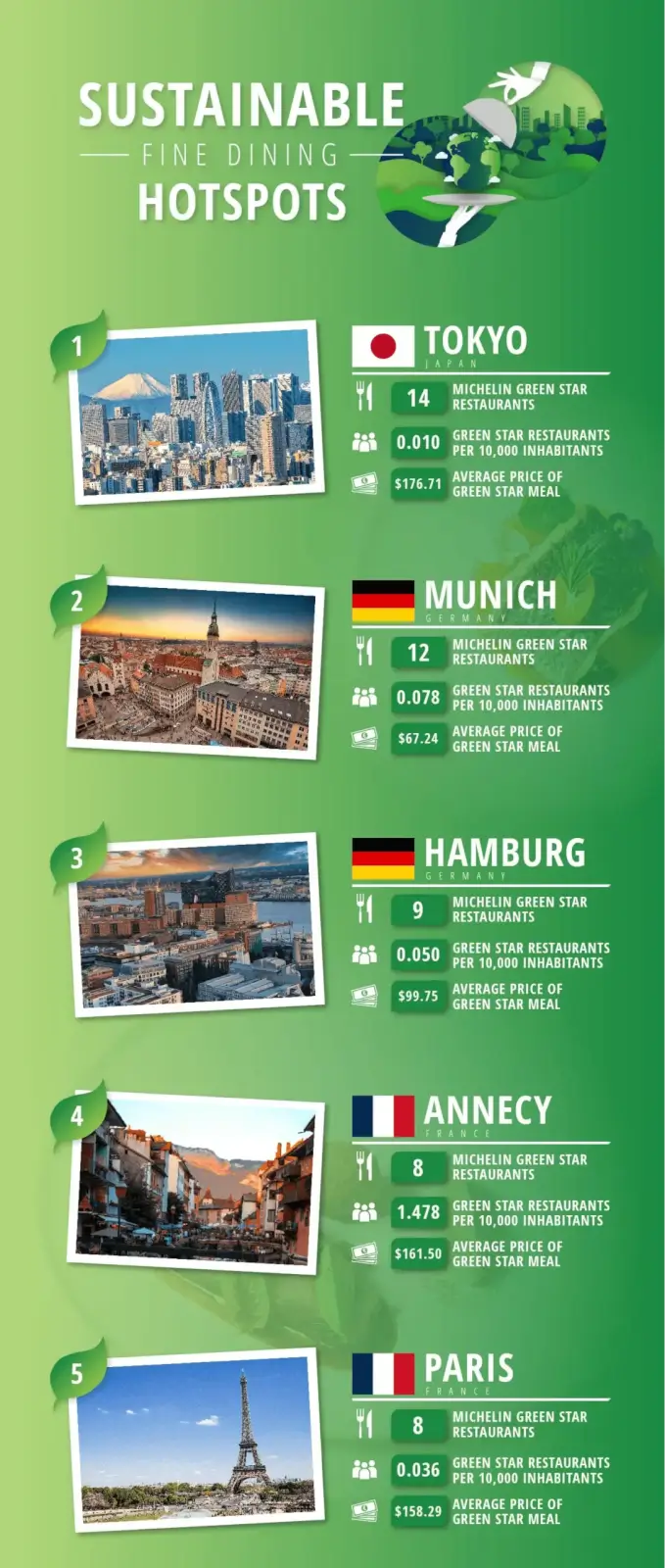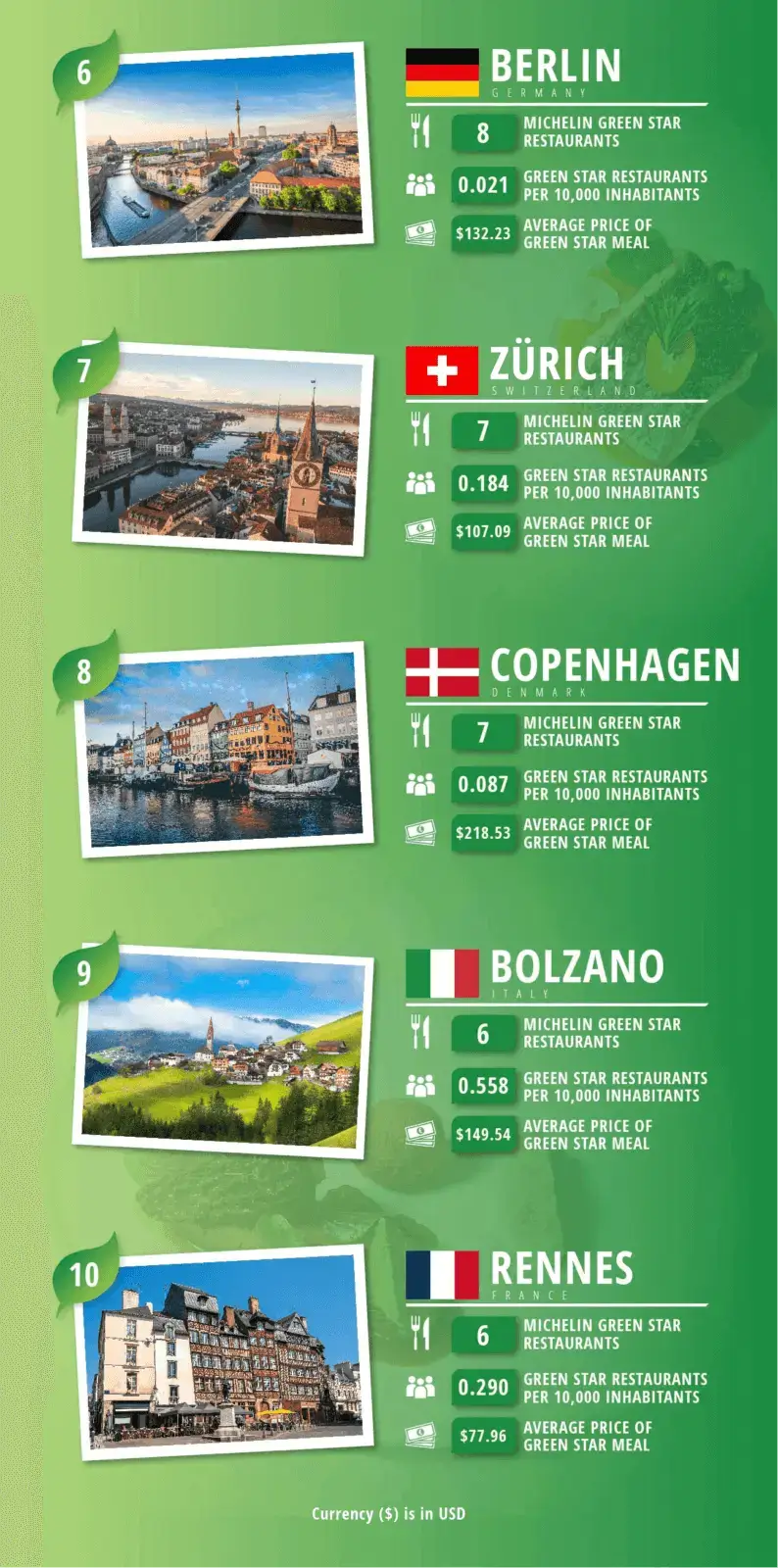The Burrow

At a time when the cost of energy is ever-increasing, it has never been more important to look for ways to be energy conscious and save money in the home. That’s why the energy experts at Compare the Market are here not only to help you find a suitable electricity plan, but also to help you understand ways you can reduce your household consumption.
Some of the most common ways that you can be energy conscious and reduce your bills include:
Conversely, there are many appliances, particularly in the kitchen, that can be energy-draining and in turn, harmful for the environment. We want to help you avoid the use of those, too. These can include:
With climate change an ever-increasing concern, many people are also considering their food sources more carefully. Like many other sectors, the food and restaurant industry is also under pressure to do its part, and, over the last decade, we’ve seen a rise in zero-waste restaurants.
To reward and perhaps incentivise the restaurant industry further, there is the coveted MICHELIN star that recognises the most sustainable restaurants across the globe.
Introduced in 2020, the MICHELIN Green Star is awarded annually to restaurants with high ethical and environmental standards. This includes reducing plastic use, food wastage and ensuring a sustainable supply chain. According to MICHELIN, these restaurants must ‘offer dining experiences that combine culinary excellence with outstanding eco-friendly commitments’.1 Typically, things such as resource management, use of seasonal produce, and communication with guests about sustainable practises are some example considerations when awarding a restaurant. That’s a win-win in our books!
So, foodies out there rejoice; if dining out is one of your favourite things to do on holiday, and you’re also interested in an environment-conscious way of eating, there are currently 291 MICHELIN Green Star restaurants to take your pick from around the world.
To help you choose, we’ve taken a look at the most sustainable fine dining hotspots, revealing the countries with the most MICHELIN Green Star restaurants where you can feast with a guilt-free conscience.


With a total of 14 MICHELIN Green Stars, Japan’s capital city Tokyo is top of our list. With a huge population of 13,988,129, that works out to 0.010 MICHELIN Green Star restaurants per 10,000 people.
Interestingly, 10 out of the 14 serve French cuisine rather than traditional Japanese dishes, which is something to bear in mind if you’re looking for local delicacies. The average price to dine out at one of Tokyo’s sustainable restaurants is 176.71 USD.
Sustainable eating isn’t the only way Japan is helping reduce climate change. It currently ranks 25th in the list of the world’s most environmentally-friendly countries,2 based on Yale University’s Environmental Performance Index (EPI). The country has also been recognised for its commitment to sustainable development, with the Japan Agency for Marine-Earth Science (JAMSTEC) now one of the world’s leading ocean science organisations dedicated to protecting our oceans.3
Bavaria’s capital Munich is next on our list, with 12 MICHELIN Green Stars. With a population of 1,539,740, this equates to 0.078 MICHELIN Green Star restaurants per 10,000 people.
The MICHELIN Green Star restaurants in and around Munich are categorised as country cooking and market cuisine, with some contemporary influence included too. And good news for veggies; though traditional German dishes include a lot of meat, three of its 12 MICHELIN Green Star restaurants are vegetarian.
Based on its EPI rating, Germany is currently the 13th most environmentally friendly country in the world. It has been particularly proactive in planning for an energy-efficient future, key goals of which include expanding the use of renewable energies and cutting its greenhouse gas emissions by 80% by 2050.4
Hamburg is another sustainable fine-dining hotspot in Germany, with nine MICHELIN Green Star restaurants in and around the city to choose from. With a population of 1,802,041, it has 0.050 nearby MICHELIN Green Star restaurants per 10,000 people.
Head to Hamburg if you’re a fan of modern cuisine, market cuisine or country cooking with plenty of regional produce and seasonal delicacies. Dining out at one of these sustainable eateries will cost you, on average, 99.75 USD.
Alongside sustainable fine-dining dishes, Hamburg has the attraction of being one of Germany’s greenest cities and aims to reduce its emissions by 95% in 2050.5 Most notably, the city transformed a landfill site into a home for wind turbines and solar panels, dubbed ‘energy hill’.6
Perhaps surprisingly, the small alpine town of Annecy is next on our list of sustainable fine dining hotspots. As well as offering stunning scenery, Annecy has eight MICHELIN Green Star restaurants nearby. Due to its small population of 54,145, that’s 1.478 MICHELIN Green Star restaurants per 10,000 people!
Annecy’s MICHELIN Green Star restaurants are classified as a mix of creative, modern and traditional cuisine, and the average meal will cost you 161.50 USD.
As well as boasting numerous MICHELIN Green Star restaurants, France is also leading the way when it comes to sustainability. According to its EPI score, France is the 12th most environmentally-friendly country in the world, excelling in low pollution emissions2 and has multiple green initiatives in place, including its use of hydro turbines along rivers.
If you fancy a trip to France’s capital, Paris also boasts eight MICHELIN Green Star restaurants. With a population of 2,244,000, that’s 0.036 nearby MICHELIN Green Star restaurants per 10,000 people.
Paris’ MICHELIN Green Star restaurants are classified as mostly modern cuisine, with creative cooking on offer too. A trip to one of these sustainable hotspots near the City of Lights will cost you an average of 158.29 USD.
Paris is a world-leading city when it comes to sustainable practices. From reducing car use to planting ‘tree tunnels’,7 the city has numerous ambitious plans for a sustainable future. In fact, it aims to be carbon neutral and use 100% renewable energy by 2050.8
Next on our list is Germany’s capital city, Berlin. With eight MICHELIN Green Star restaurants nearby, you’ll be spoiled for choice. Berlin has a population of 3,769,495, which means there are 0.021 MICHELIN Green Star restaurants per 10,000 people.
In this trendy capital, you can expect largely modern and creative cuisine from its MICHELIN Green Star restaurants, with some regional and traditional German cuisine on offer too. The average cost for a meal at one of these hotspots is 132.23 USD.
Like Paris, Berlin also aims to be climate neutral by 2050.9 It’s also green in more ways than one; though a bustling capital city, over 30% is made up of green spaces or woodland.10
Switzerland’s largest city, Zürich, is next on our list, with seven MICHELIN Green Star restaurants to take your pick from. Zürich has a population of 379,915, so it works out at 0.184 MICHELIN Green Star restaurants per 10,000 people in and around the city.
Zürich’s MICHELIN Green Star restaurants offer a variety of culinary choices, including market cuisine, modern cuisine, and traditional Swiss food. Plus, two out of the seven also cater to vegans. A meal at one of these sustainable restaurants will cost you, on average, 107.09 USD.
Switzerland is 9th on the list of environmentally friendly countries.2 As well as award-winning eco-friendly fine-dining, it has one of the best recycling rates in the world and is another city aiming for 100% renewable energy by 2050.11
Denmark’s chic capital Copenhagen also has seven MICHELIN Green Star restaurants. With a population of 805,420, that equates to 0.087 per 10,000 people.
You can choose from a variety of available cuisines from Copenhagen’s MICHELIN Green Star restaurants, ranging from innovative and modern dishes to traditional Danish delicacies. Eating out at one of these sustainable restaurants costs an average of 218.53 USD.
Its commitment to sustainable fine dining is of no surprise, given that Denmark holds the title of most environmentally friendly country in the world.2 Denmark has long-championed sustainability, focusing on green energy through energy-efficient buildings and green transportation.12
With six MICHELIN Green Star restaurants, the picturesque Italian city of Bolzano is next on our list. A relatively small population of 107,436 gives it 0.558 nearby MICHELIN Green Star restaurants per 10,000 people.
In a country famed for its food, you can expect delicious regional and traditional cuisine from these sustainable restaurants, with Alpine influence and creative cooking too. The average cost of a meal will cost you 149.54 USD.
Comparatively low to the other European cities on our list, Italy is currently ranking as the 23rd most environmentally friendly country in the world.2 However, the country is making steps towards a more sustainable future and has committed to making renewable energy 30% of the national gross energy consumption by 2030.13
Last but not least is Rennes, France. Brittany’s capital has six nearby MICHELIN Green Star restaurants. With its population of 206,604, that’s 0.290 MICHELIN Green Star restaurants per 10,000 people.
These sustainable restaurants serve a mix of market cuisines, modern cuisine and creative cooking, with a seafood menu on offer as well. Feasting at one of these French fine diners will cost you, on average, 77.96 USD.
As well as being a sustainable fine-dining hotspot, Rennes was also named France’s most sustainable city by one publication, ranked high for public transportation amongst other factors.14
So, if you’re trying to reduce your environmental impact and lead a zero-waste lifestyle, the good news is that you don’t need to give up dining out. You can eat green across the globe – and we’re not just talking vegetables.
There are an increasing number of sustainable fine dining restaurants to choose from, the number of which we will undoubtedly see increase, thanks to the incentive of the prestigious new MICHELIN Green Star.
A list of all restaurants with Green MICHELIN stars was scraped from the MICHELIN guide website. This data included the restaurant name, restaurant location, style of cuisine, and price range. The location of the nearest major city was then located and added for each restaurant. Alongside this, the midpoint for the price range was calculated, and currency conversion rates were noted. All exchange rates were sourced from Google and are accurate as of 29/04/2022.
The data was then aggregated across each city using a pivot table. This gave a list of all of the cities, along with the number of restaurants with green MICHELIN stars nearby. The average price of these nearby restaurants was also calculated, and the cities were then ranked from highest to lowest, based on the number of restaurants with green MICHELIN stars nearby per 10,000 people.15
Where mentioned, energy is referring to electricity.
Brought to you by Compare the Market: Making it easier for Australians to search for great deals on their Energy plans.